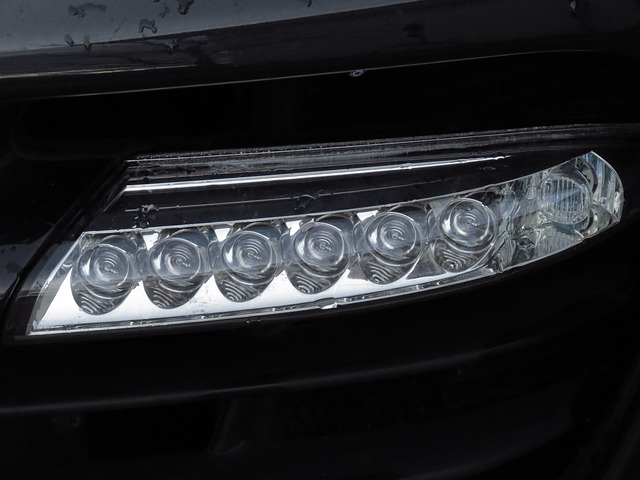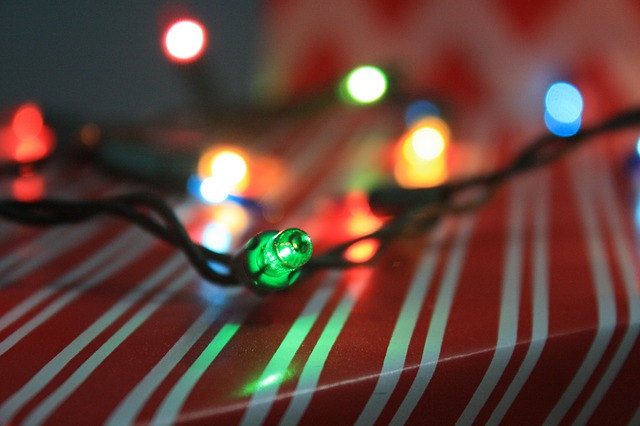Today, semiconductor technology with LEDs on chips of various parameters and shapes is thriving successfully in the market. Manufacturers are focusing on all types of lighting, from E27 mouthpieces to GU10 sockets to demanding outdoor halogen spotlights. As power and luminous intensity increases, product prices are decreasing, gradually displacing existing systems and light sources based on phosphor, metal fiber halogen bulbs, and high or low pressure lamp principles.
GU10 LED bulbs
This system is used in spotlights and various chandelier-style fixtures and lamps, and according to statistical studies is the second most used type in homes, after the classic Edison E27 base
.
Features of the classic GU10 bulb
.
–The most common are warm white or cool white light with a color temperature of 3000-5000 Kelvin. There are also so-called RGB models, in which the color spectrum can be selected arbitrarily.
[These bulbs completely replace their predecessor, the 32 W filament bulb.
–They have a very long lifespan of more than 30,000 hours, which is about 8 years or more if lit for 10 hours every day (e.g. for lighting advertising areas or store windows) The price of one LED bulb is about SEK 100.
– Price calculation of electricity savings – If an old 32W filament bulb is replaced with an LED bulb, lighting it for 4 hours a day will save 200 CZK per bulb per year in electricity costs.
.
– Number of switching cycles – The life of this light is estimated to be about 25,000 off and on switching cycles, which means that this bulb will be turned on about 6 times a day for 10 years.
– Color Rendering Index – Can be considered almost a full spectrum light source as it has a very high RA, usually over 80.
.